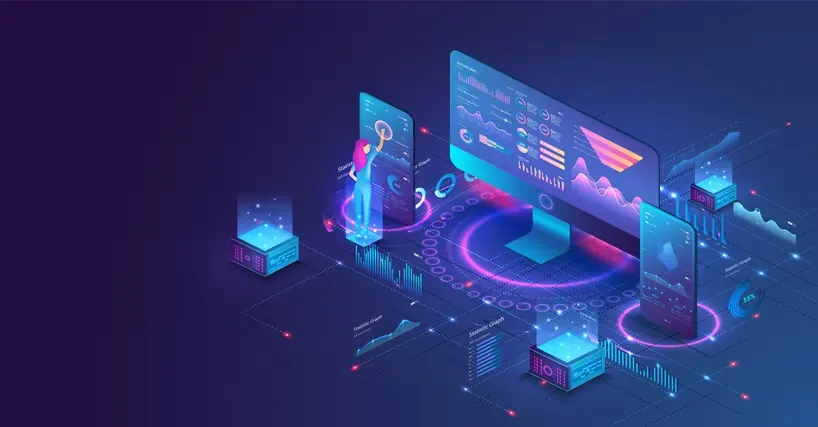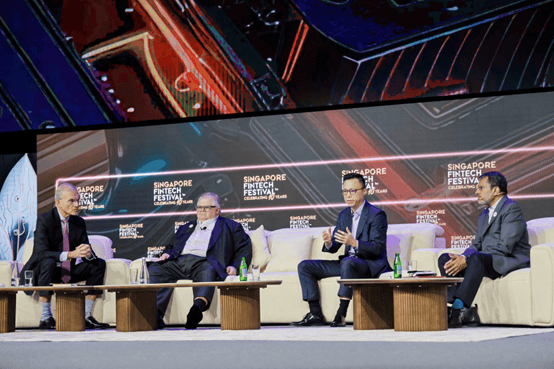

Nicole Neumarker
2023 was a pinnacle year for technological advancement. The acceleration of technologies like ChatGPT has transformed AI from what was recently an advanced concept for IT leaders to something tangible for consumers, who now not only know how to use these technologies but also understand the ability it has to transform our daily lives.
Despite this year’s focus on innovation, many organisations remain hampered by manual processes, siloed data, and legacy HR and payroll platforms that jeopardise user experience and restrict productivity. In fact, Gartner predicts that less than 10% of HR functions are currently achieving functional excellence. Yet, this remains essential to recruiting and retaining staff and ensuring business growth.
Fortunately, the new year presents an opportunity for tech leaders to review their tech stack and ensure they are more effectively meeting the needs of their employees and the wider business. What considerations must they keep in mind for 2024?
1.Don’t get caught in the ‘tech hype’: rethink suitable tech investments
The rise of ChatGPT has led some of the world’s biggest businesses to fixate on GenAI, putting it at the heart of their business operations and future IT investment plans. While generative AI has many business benefits, companies can get trapped in the hype and waste precious digital transformation budget if not AI is not applied effectively, especially when it comes to HR functions. It is fast becoming a wasteland of information when not assigned to a proper function where it can drive value.
In 2024, businesses need to clean up past tech investments, data and processes, to rethink their use cases. Instead of investing in chatbots and customer service, businesses should focus funds on managing information at scale. For HR teams, an impactful use of GenAI is as a knowledge facilitator for employees, helping them to streamline work and avoid wading through messy folders. This puts company data at employees’ fingertips, ensuring that organisational knowledge is easily stored and accessible when needed.
2.Focus on tech solutions for the majority, not the minority
An area that is often forgotten in the move to new tech is the ‘deskless workforce’, with this group of workers being largely excluded from corporate technology investments. With 83% of the deskless workforce without even a corporate email address, integrating GenAI into tech stacks is not going to be top of their agenda. And with employee retention and attraction as a key challenge going into 2024, businesses need to ensure that each employee is a priority.
Instead of getting caught up in trending technology, businesses must go back to basics and provide their people with the fundamentals that allow them to perform their jobs better and improve their employee experience in ways that matter most. These workers are seeking greater scheduling control, more flexibility, and greater input into operational decisions. For many employers, delivering on these demands will require greater investments in HR technology, which are more fundamental to business operations than GenAI alone.
3.Leverage Machine Learning to power rapid data analytics
Generally, HR metrics begin and end with turnover, demographics, and hiring trends. However, organisations are missing out on the real power of people data by focusing on these traditional HR focus areas. Often with little access to operational data, teams can find it difficult to leverage the full value of their corporate data, which is often locked up in HR and operational systems.
For instance, does your company’s people and cost data flow into your operational and business data? Why not? And how do you think about labour from a data perspective? Is it just people and hours? Before enhancing forecasting and predictability, businesses need to have granular operational data that brings value and drives better decisions. From an HR perspective, this includes integration of new metrics such as productivity levels, and visibility and valuation of skills.
In 2024, businesses can use this data to actualise Machine Learning (ML) models and power rapid data analytics. Having access to all the company-wide data you need in one place fuels operational and natural language tools and makes it easier to validate results and train these forecasting models. Effective adoption of ML will become vital to move faster than competitors, understanding demand to build the right supply of talent — even uncovering insights that managers would never know existed.
4.Revolutionise HR with technical translators
In 2023, businesses battled over budgets for both focused and centralised IT functions. This year, as infrastructure gets more complex, organisations will need more specialists. For instance, a pivotal role is the translator who sits between HR and IT. This requires someone who can speak both languages and decide where tech investments are best placed. DevOps is another area for attention. With margins more squeezed than ever, over-hiring is no longer an option — and this must be considered an opportunity to hire the right people rather than simply building up the numbers.
Ultimately, it’s about sourcing the right people for the right job. For instance, we need to ask who’s in charge of employee knowledge and productivity? This isn’t necessarily HR if we’re talking about the productivity of an R&D function. Including engineers in the process of selection of preferred GenAI tooling allows for higher productivity and ownership, enabling them to develop higher-quality code faster. HR needs to have technical analysts who can understand HR context and leverage technology and data in meaningful ways — or they’ll never get the value out of technology investments.
Regardless of whether companies implement AI, GenAI, or ML, or a combination of everything, critical to success will be identifying the technologies that align best with the unique needs of the workforce. Just as you need to find the right employee for the right job, HR teams need to for the right tech to deliver impactful business results.


